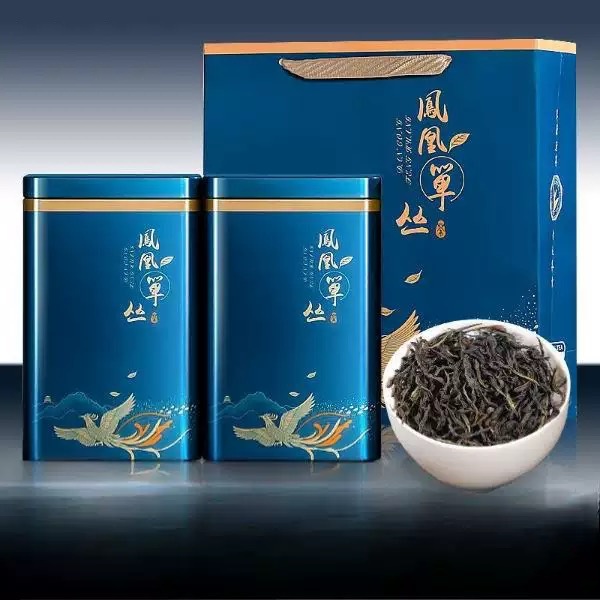
# Regional Oolong Tea Varieties
## Exploring the Diverse World of Oolong Tea
Oolong tea, with its unique semi-oxidized processing method, offers an incredible range of flavors and aromas that vary significantly by region. From the high mountain plantations of Taiwan to the ancient tea gardens of China’s Fujian province, each producing area imparts distinct characteristics to its oolong teas.
## Chinese Oolong Tea Varieties
### Fujian Province: The Birthplace of Oolong
Fujian province is widely regarded as the origin of oolong tea production. Two famous varieties come from this region:
– Tieguanyin (Iron Goddess of Mercy): Grown in Anxi county, this tea offers floral notes with a smooth, buttery texture
– Da Hong Pao (Big Red Robe): A rare Wuyi Mountain rock tea with mineral complexity and roasted undertones
### Guangdong Province: Phoenix Mountain Dan Cong
The Phoenix Mountain region produces distinctive “single bush” oolong teas called Dan Cong. These teas are known for their:
– Natural floral aromas resembling orchids, osmanthus, or gardenias
– Complex flavor profiles that develop over multiple infusions
– Limited production from ancient tea bushes
## Taiwanese Oolong Tea Varieties
### High Mountain Oolongs
Taiwan’s high altitude tea gardens produce some of the world’s most prized oolongs:
– Alishan: Grown at 1,000-1,600 meters, offering sweet floral notes with a creamy mouthfeel
– Lishan: Cultivated above 2,000 meters, known for its delicate orchid fragrance
Keyword: Regional Oolong Teas
– Dayuling: The highest elevation tea at 2,500+ meters, with exceptional clarity and complexity
### Traditional Taiwanese Styles
Other notable Taiwanese oolongs include:
– Dong Ding: A medium-oxidized, roasted oolong with nutty characteristics
– Oriental Beauty: A unique bug-bitten tea with honeyed peach flavors
– Tieguanyin: Taiwan’s version of the classic, often more oxidized than Fujian’s
## Other Regional Oolong Producers
While China and Taiwan dominate oolong production, other regions have begun cultivating quality oolongs:
– Thailand: Developing high mountain oolongs in the northern regions
– Vietnam: Producing some interesting oolong varieties in Lam Dong province
– India: Experimenting with oolong production in Darjeeling and Nilgiri
## Appreciating Regional Differences
The terroir of each region – including altitude, soil composition, and climate – creates distinctive flavor profiles in oolong teas. Tea enthusiasts enjoy comparing:
– The floral elegance of Taiwanese high mountain oolongs
– The mineral complexity of Wuyi rock teas
– The aromatic intensity of Phoenix Dan Cong
– The balanced character of traditional Anxi Tieguanyin
Exploring regional oolong varieties offers a fascinating journey through diverse flavors, aromas, and tea-making traditions. Each cup tells a story of its origin, processing methods, and the skill of the tea masters who create these remarkable beverages.